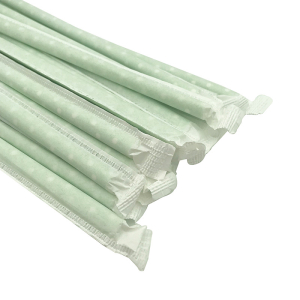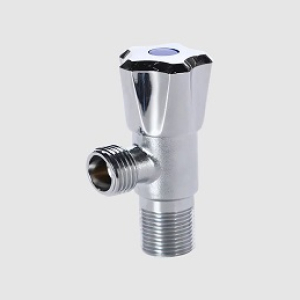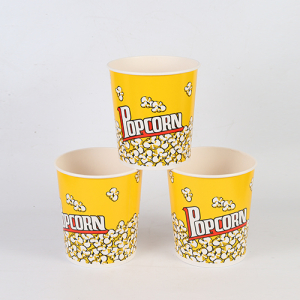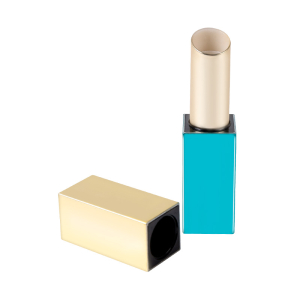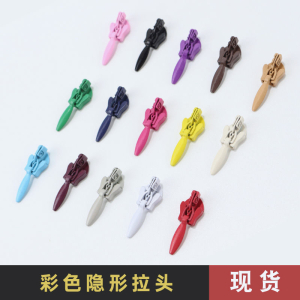The materials used in the construction of an invisible floor drain must be durable, resistant to corrosion, and compatible with the surrounding environment. Stainless steel is a popular choice for its strength and resistance to rust, while brass offers a more luxurious appearance and is also resistant to corrosion. For areas with high foot traffic or heavy loads, the drain's frame and cover plate may need to be reinforced with additional materials to ensure longevity.
In addition to the drain components, the grating or strainer must also be made from a durable material that can withstand regular cleaning and maintenance. Stainless steel mesh is a common choice, as it is both strong and easy to clean.
The installation of an invisible floor drain requires careful planning and execution. The drain must be installed at the correct height to ensure proper water flow and prevent backflow. This often involves cutting into the existing floor and creating a recess for the drain mechanism, which must be level and properly sealed to prevent leaks.
The cover plate must also be installed with precision to ensure a flush fit with the surrounding floor. This may require custom cutting or shaping of the plate to match the floor's contours. Once installed, the cover plate should be secured with a tamper-proof mechanism to prevent accidental dislodging.

